Personal Science Week - 250206 Gadgets
Selected new and upcoming self-tracking devices to consider
Personal scientists love new technologies and the new opportunities for experiments. One of our biggest advantages over the professionals is that we can try new gadgets and devices right away, without waiting for permission from funders or Big Science bureaucrats.
This week we’ll survey a few devices to consider for your own personal science investigations.
Gadgets
One of the easiest gadgets for self-tracking is the Puck.js, an open-source device built around the Espruino JavaScript platform - essentially a programmable button with built-in sensors for temperature, light, and magnetism, plus Bluetooth connectivity. You can use it to timestamp specific events throughout your day (like meals, symptoms, or behaviors) with a single button press, track environmental conditions in different locations, or create custom alerts based on sensor readings. Long-time QS expert Bastian Greshake Tzovaras wrote up a summary. It’s available in Europe from Espruino Shop, but you can order it from Adafruit in the US for about $40.
Speaking of gadgets, PebbleOS is now open source. Back in the day, Pebble was the OS of choice for serious self-trackers, who liked its flexible approach to developers. The company failed in 2016, with its assets purchased by FitBit, which in turn was later bought by Google. Now Google has decided to open-source the whole thing (and they’re making an iOS-compatible app too). Download the OS yourself on Github.
FlipperZero is an all-purpose pocket receiver/transmitter with an LCD screen and a wealth of functions for $170. Explore any kind of access control system, RFID, radio protocols, and debug hardware using GPIO pins. (Maybe try it with some of the ideas in PSWeek 230706 - EMF, when we discussed electromagnetic fields)
Gadgets Under Development
We’re used to devices that sense sight, sound, or touch, but what about our other senses? A team of biomedical engineers at Northwestern University has built a prototype lollipop interface that lets you experience taste. It’s built around nine tiny pouches filled with various gels that release flavor when a tiny electrical signal activates in the presence of saliva.
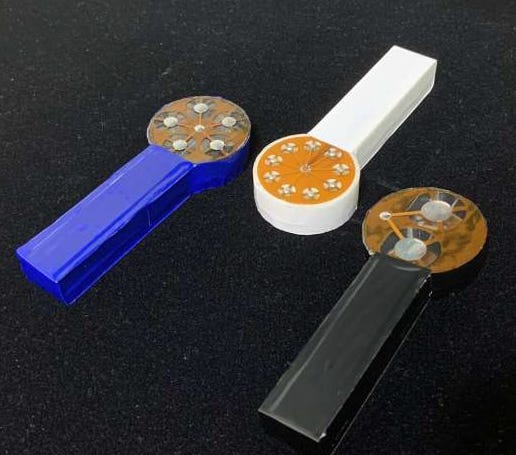
Or what about a way to inject something into your GI tract exactly when and where you want it? SmartTab and its InjectTab™ Oral Biologic Delivery System can precisely deliver small and large molecules and has tiny sensors that track how well they are working with the results broadcast in real time. The team will begin pre-clinical trials soon.
And for a slightly more futuristic peek at what will soon be possible, researchers at Caltech have developed a technique for mass-producing wearable biosensors using inkjet printing. These sensors can monitor biomarkers such as vitamins, hormones, and medications in real-time. The biosensors use core-shell nanoparticles that selectively recognize specific molecules, allowing for continuous and non-invasive monitoring of various biomarkers. This technology has been successfully used to monitor metabolites in patients with long COVID and chemotherapy drugs in cancer patients.
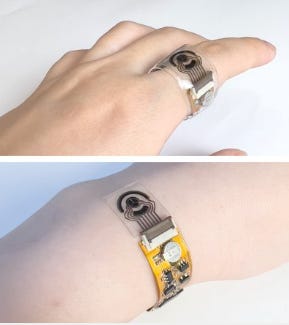
Personal Science Reading List
When the Trump Administration paused all spending across the government, what programs were really affected? Award Search is a database lets you search by keyword to see how much the government spends on your favorite project. Unfortunately the search is pretty basic: you can only type keywords, not combinations, so “personal science” finds everything with those two words in any order. But you can look up specific disease conditions (like “Alzheimers”)
Here are the funded projects that contain the word “misinformation”
Medium explains Why it took so long to ban Red Dye #3: it’s a one-line clause in the 1958 Food Additives Amendment that requires the FDA to ban any ingredient found to cause cancer in humans or animals.
The FDA based its decision on a study from 37 years ago which found that rats who consume the dye are more likely to develop thyroid tumors than those who don’t. Obvious question: Why the gigantic delay? Because the FDA wasn’t petitioned to review this research until 2022, when the Center for Science in the Public Interest — an advocacy group best-known for putting ingredient and calorie labels on food — filed a petition. Three years later, after the petition wound its way through the FDA’s public comment and review process, the ban is here.
tldr; there have been no studies since that one on rats in the 1980s, when analytic chemistry and trial replicability were much less sophisticated, so I wouldn’t worry.
Flowing Data has another way to compare yourself to other Americans based on work cohort: education, income, etc.
A study using AI to analyze video footage from 1980 and 2010 in three US cities found urban pedestrians now walk faster and socialize less, raising questions about whether technology or public spaces are to blame.
(source: Bloomberg: (What Happened to Hanging Out on the Street?])
At each site, pedestrians walked faster in 2010 than they had in 1980, by an average of 15%. Time spent lingering in public spaces declined by roughly half, and fewer people were forming groups. In general, walkers appeared more atomized and rushed in 2010 than they had a generation before.
About Personal Science
We like to note that “technology moves faster than science”: new gadgets and algorithms come out more quickly than traditional science can evaluate. Rather than wait for big NIH-funded randomized controlled trials or FDA-validated solutions, personal scientists like to try these new technologies today.
Life at the cutting edge includes plenty of false leads, but that’s why personal scientists are open-minded and skeptical. Listen to everything, but don’t believe everything. Most of all, apply those new ideas to your own life, conduct everyday experiments to see what works for you.
We call it “personal science”. If you have questions or comments, let us know.

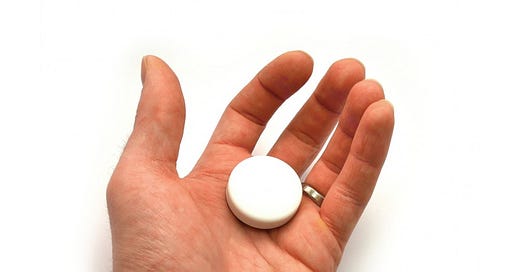


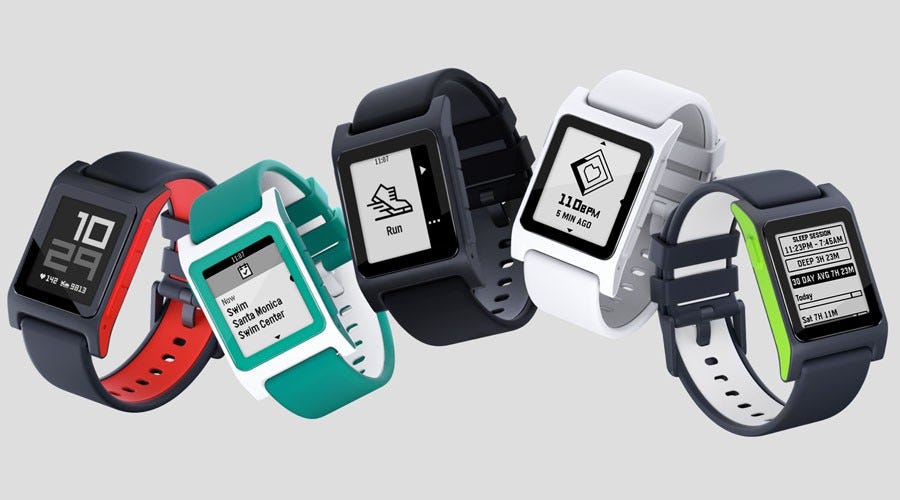
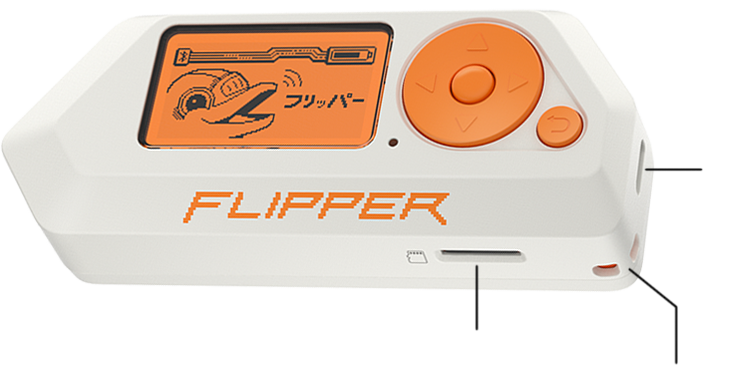
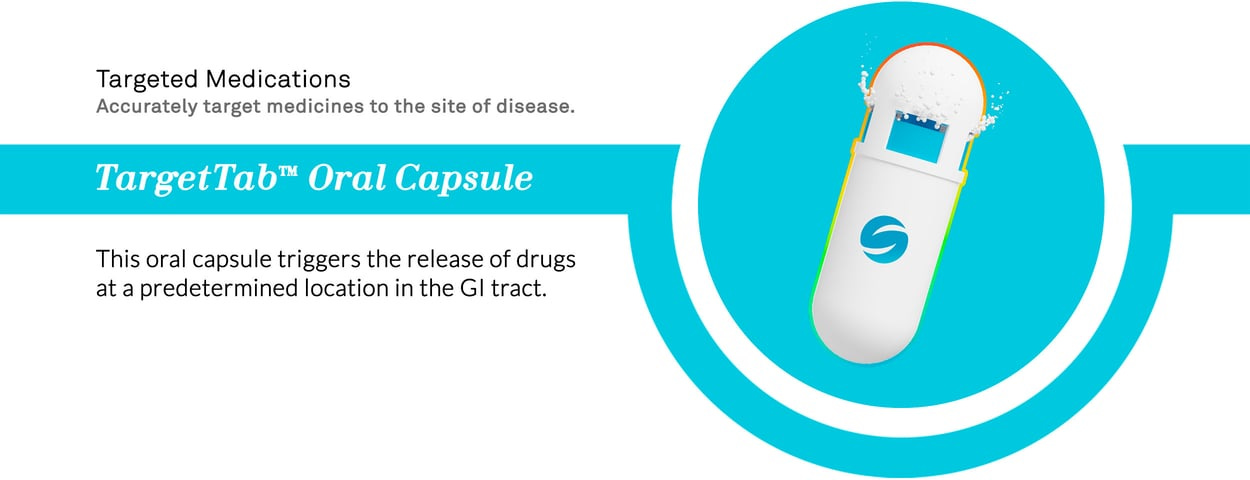

Previous studies on walking speed (which go all the way back to 1976!) blamed population size and/or money...